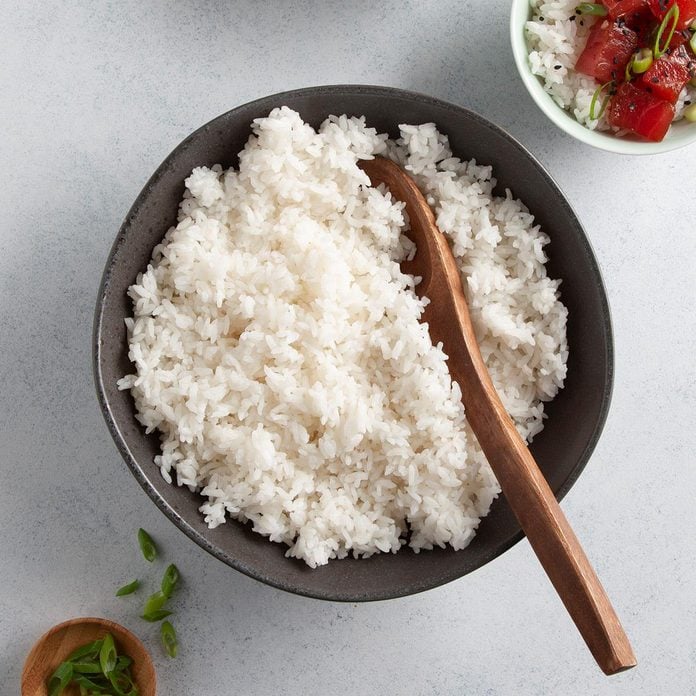Home Recipes Ingredients Rice & Grains Rice
Perfect Sushi Rice
Prep: 40 mins. + standing Cook: 15 mins.
8 servings
Updated: Mar. 22, 2024
There's a lot more you can do with sushi rice besides making homemade sushi. Use it to create a healthy rice bowl, tuck it into a lettuce wrap topped with grilled meat or use it as a base for your favorite stir-fry. —Taste of Home Test Kitchen




















